 Instead of the appalling plastic Paddy poppycock that passes for the celebration of St Patrick's Day in the streets of Boston and New York, complete with fluffy toy leprechauns and trashy outsize toy top-hats and green ribbands, I invite you to consider the real Irish heroes whom many of their countrymen and kin have too easily and readily forgotten.
Instead of the appalling plastic Paddy poppycock that passes for the celebration of St Patrick's Day in the streets of Boston and New York, complete with fluffy toy leprechauns and trashy outsize toy top-hats and green ribbands, I invite you to consider the real Irish heroes whom many of their countrymen and kin have too easily and readily forgotten.As well as the gallant Irish who fought for the Royal Stuarts at the Boyne, Aughrim and Limerick let us remember those in the Irish Brigade of King Louis under Patrick Sarsfield, Earl of Lucan, and Lord Mountcashel, Butler, Feilding, O'Brien, Dillon, Bulkeley, Clare, Rooth, Berwick and Lally, not to mention O'Callaghan de Tallahagh and Fitz James's cavalry, all fighting at Steenkirk (1692), Neerwinden (1693), Marsaglia (1693), Blenheim (1704), Malplaquet (1709), Fontenoy (1745), Battle of Lauffeld (1747); and Rossbach (1757). Let us also remember, too, those who fought for the Spanish kings, like O'Donoju (O'Donoghue) and Obregon (O'Brien), and for the Holy Roman Emperor, like Lacy, O'Donnell von Tyrconell, Taafe and many others.
Let us remember the two senior Dillon officers who remained in the French army, of whom Theobald was murdered by his French soldiers, turned revolutionaries when in retreat in 1792, and Arthur who was executed in 1794 by the revolutionaries during The Terror.
Let us particularly remember the Irish Zouaves who fought in the papal army, alongside the descendants of the generals and heroes of the Vendee in France like Charette and Cathelineau, against the revolutionaries of Garibaldi, Cavour and the faithless Sardinians and Piedmontese who sacrilegiously attempted to overthrow the Papal States.
Zouaves were originally Algerian troops in the French army coming from the Berber tribe of the Zwawa. They wore baggy trousers as were commonly worn by some Muslim troops. Eventually they were replaced by Frenchmen but the baggy-trousered uniform was retained. Soon they became fashionable and other armies introduced regiments of Zouaves including, eventually, the Papal army.
Sir Patrick Alphonsus Buckley was one of these swashbuckling heroes who fought in the Pontifical Zouaves for the defence of the States of the Church and Blessed Pius IX.
A soldier, lawyer, statesman, judge, he was born near Castletownsend, County Cork, Ireland, in 1841 but died at Lower Hutt, New Zealand, 18 May, 1896. He was educated at the Mansion House School, Cork; St. Colman's College, Paris; the Irish College, Paris; and the Catholic University, Louvain. He was in Louvain when the Piedmontese invaded the States of the Church in 1860, and at the request of Count Charles MacDonnell, Irish Private Chamberlain to Pius IX, conducted the recruits of the Irish Papal Brigade from Ostend to Vienna, where they were placed in charge of representatives of the Holy See.
He served under the heroic Belgian Zouave commander, General Lamoriciere, and was received a prisoner after Ancona. After the war he returned to Ireland. Thence he emigrated to Queensland, where he completed his legal studies and was admitted to the Bar.
After a short residence in Queensland he settled in New Zealand, and commenced the practice of his profession in Wellington. Soon after his arrival in New Zealand, he became a member of the Wellington Provincial Council, and was Provincial Solicitor in the Executive when the Provincial Parliaments were abolished in 1875. He was appointed to the Legislative Council in 1878 (in the days when there were still appointees and a property qualifying franchise for the Upper House); he was Colonial Secretary and leader of the Upper House in the Stout-Vogel Ministry (1884-87), and Attorney-General, Colonial Secretary, and leader of an overwhelmingly Opposition Upper House under the Ballance Administration from 1891 till 1895, when he was appointed Judge of the Supreme Court.
 Sir Patrick Buckley KCMG,
Sir Patrick Buckley KCMG,who served as an Irish Pontifical Zouave defending the Papal States and then later
became a Supreme Court Judge in New Zealand
He was created Knight Commander of St. Michael and St. George in 1892 by Queen Victoria.
Here is what the Belgian cardinal, Xavier de Merode, Papal Pro-Minister for War, wrote of the Irish Zouaves after they were released from their Genoese prison following capture after the gallant stand at Castel-Fidardo:
"At the moment in which, in consequence of the present sad state of affairs, the brave soldiers of the Battalion of St Patrick, who had hastened hither for the defence of the States of the Church, are about to leave the Pontifical army, the undersigned Minister of War experiences the liveliest satisfaction in being able to express to those soldier his entire satisfaction and in bestowing upon them the highest praise for their conduct. Nothing more could be expected from them. The Battalion of St Patrick at Spoleto, at Perugia, at Castel-Fidardo, and in Ancona, has show the power of faith united to the sentiment of honour, in the treacherous and unequal contest in which a small number of brave soldiers resisted to the last an entire army of sacrilegious invaders. May this recollection never perish from their hearts! God, who defends His Church, will bless what they have done."
About 65 of the surviving Irish returned to Rome to form the Company of St Patrick. Some, like Buckley, returned home to further labours and honour.
These are the men to remember and praise - not the parcel of traitors, apostates and murderers who sought to introduce revolutionary principles into Ireland from 1798 onwards, siding with the enemies of the Church to become the terrorist outlaws of the IRB, the IRA and the Fenians. These sons of Belial were excommunicated by the Irish Bishops and Pope Pius IX and were repeatedly condemned by Cardinals McCabe and Cullen and all the Irish bishops throughout the 19th century. Their legacy is the continuing "troubles" which, thanks to Adams and McGuinness among others who re-opened the Pandora's Box of revolution in the 60s and 70s, continues to spread its poison with the recent murders perpetrated by the so-called "Continuity IRA" and "Real IRA".
For heroes let us turn instead to the Wild Geese, their successors in the Pontifical Zouaves and all those many Irishmen who still remain loyal to the Holy See whatever the hardships and temptations.

...
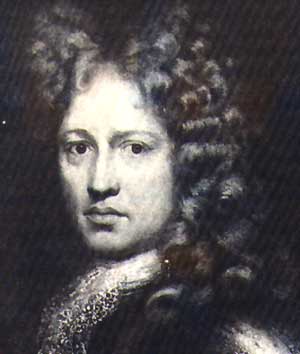







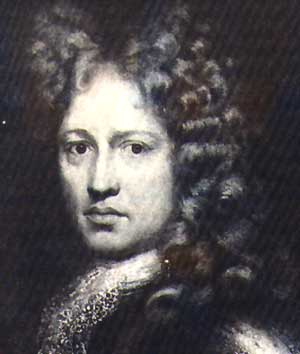








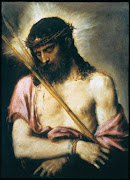



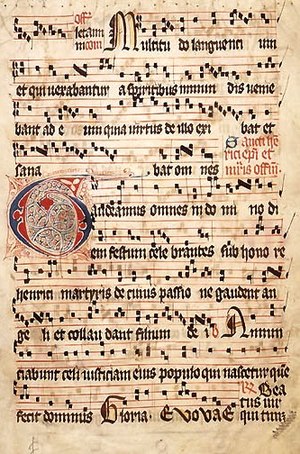

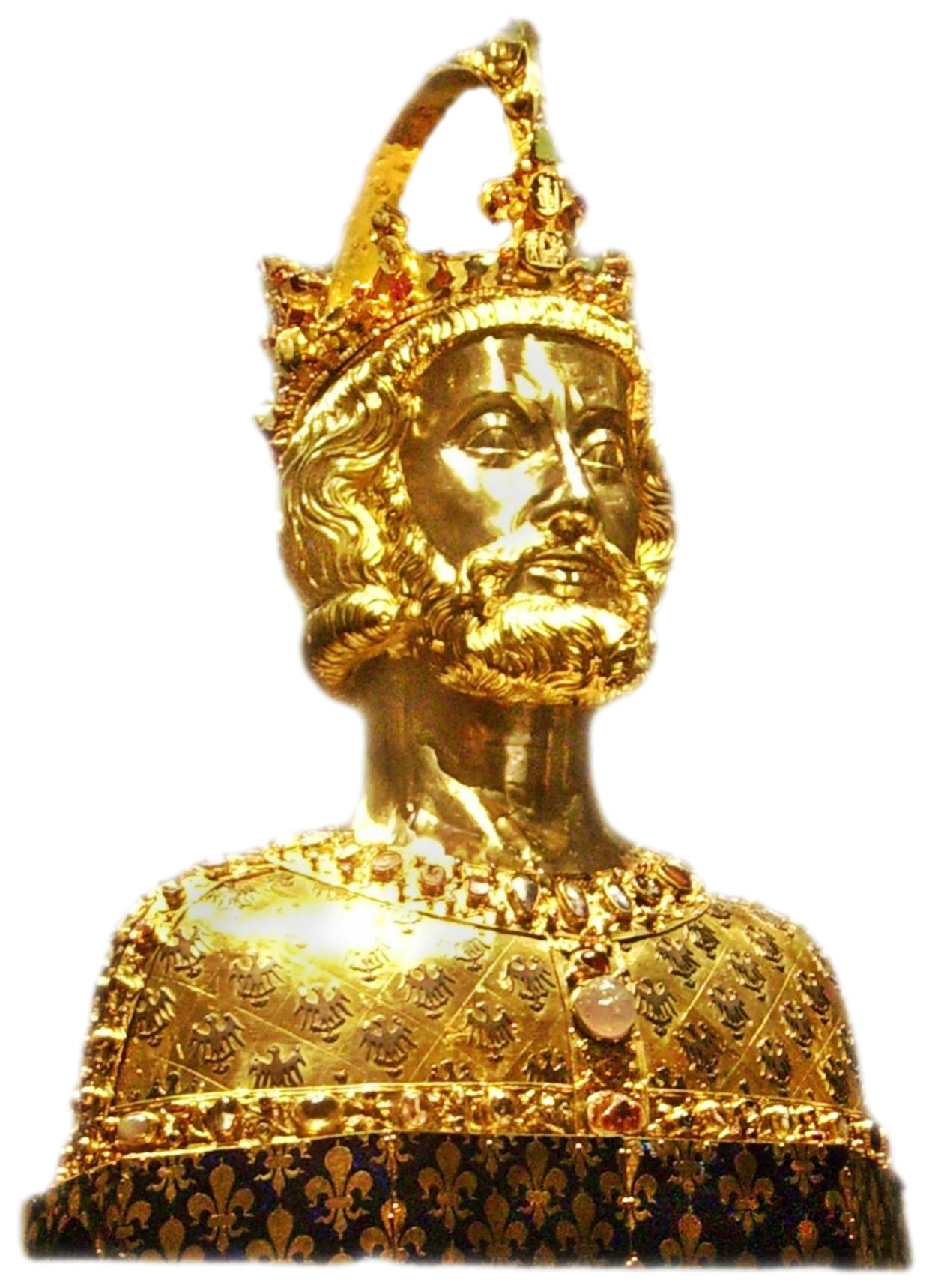



.jpg)





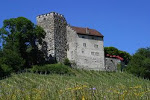


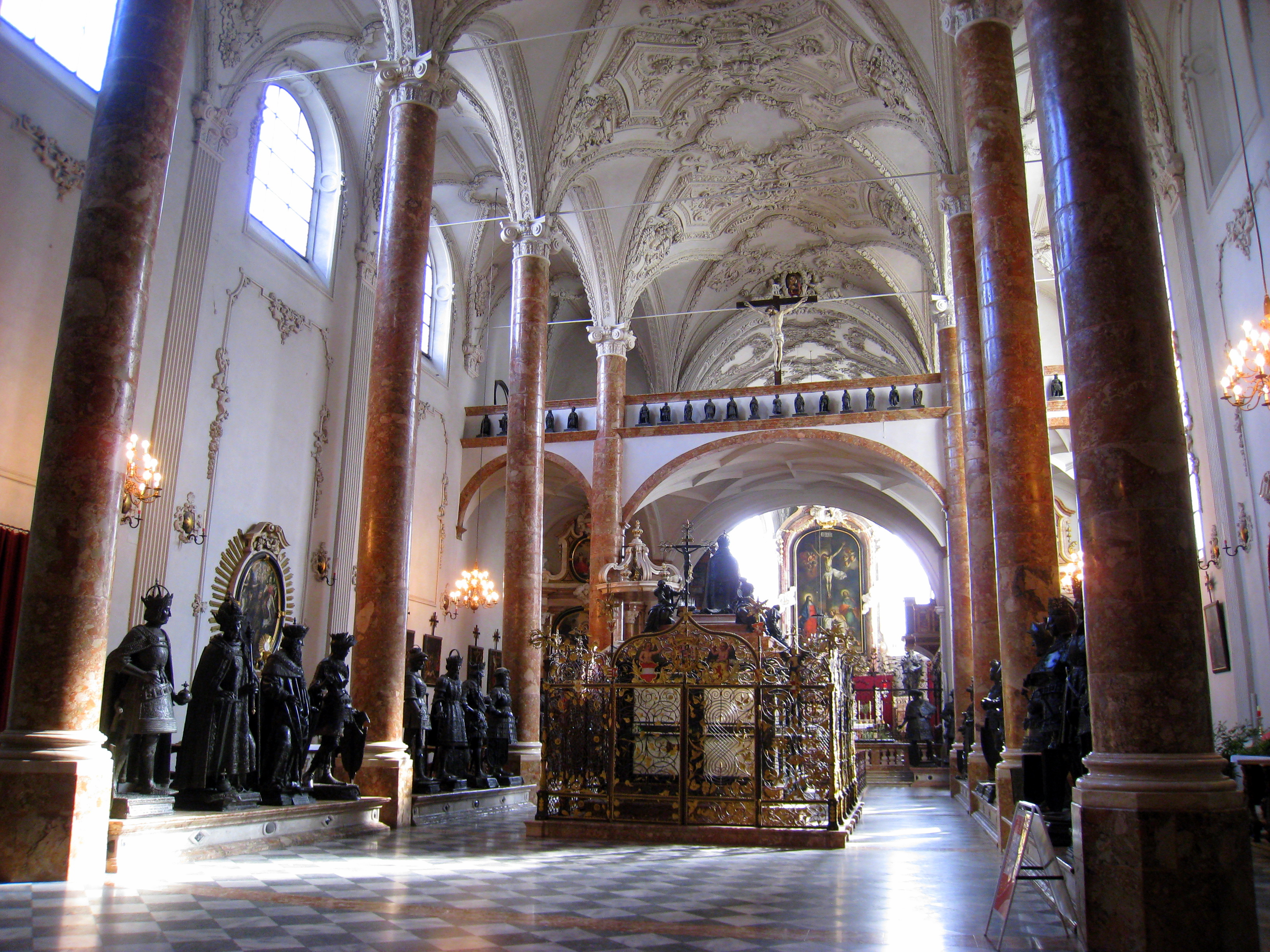


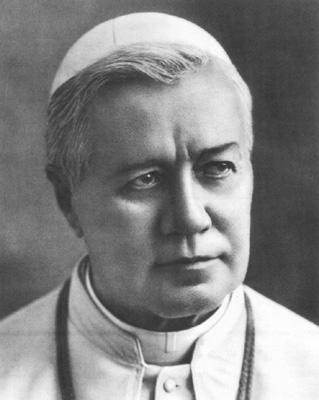










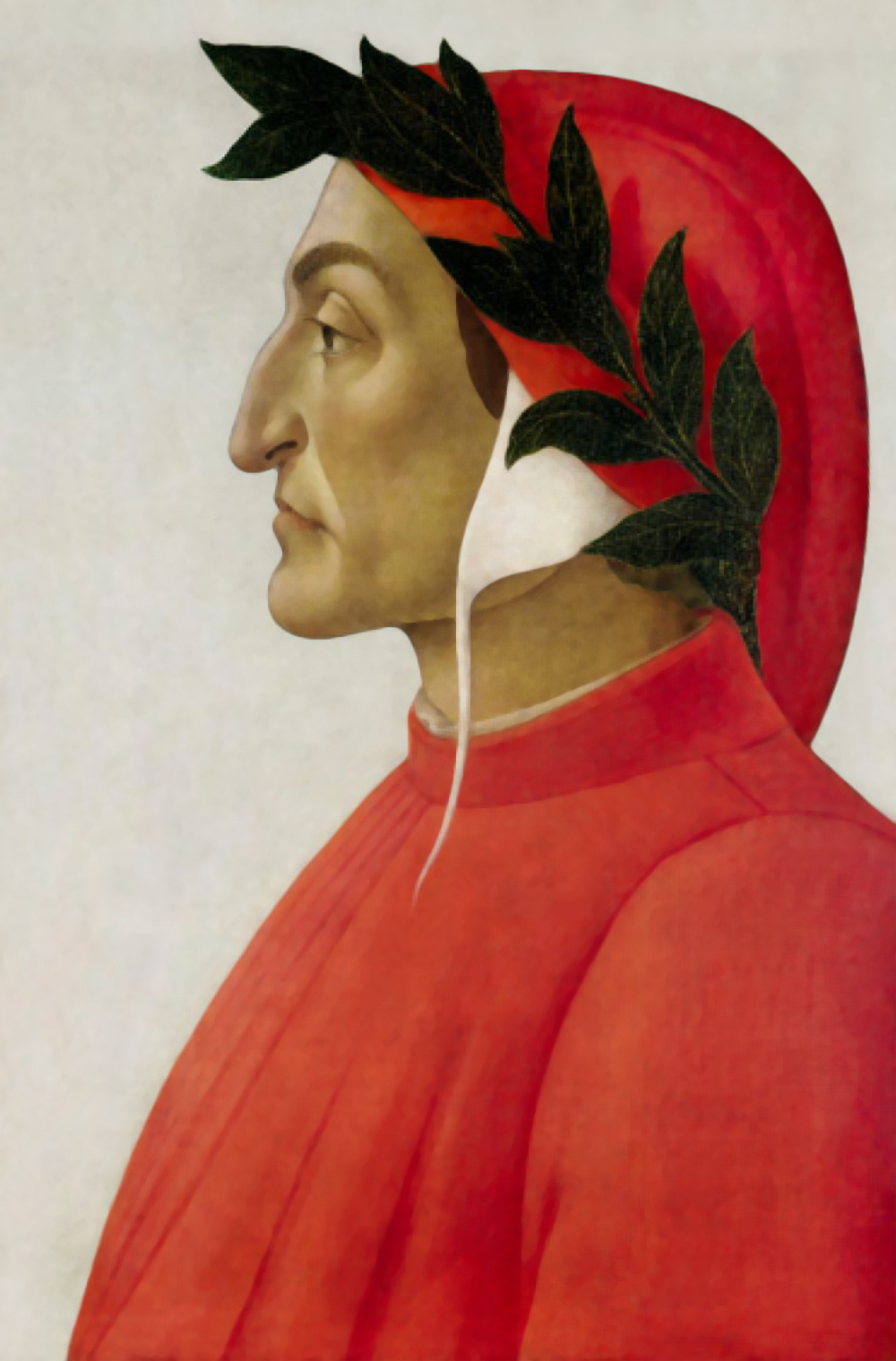



_-002.jpg/220px-Circle_of_Anton_Raphael_Mengs,_Henry_Benedict_Maria_Clement_Stuart,_Cardinal_York_(ca_1750)_-002.jpg)


